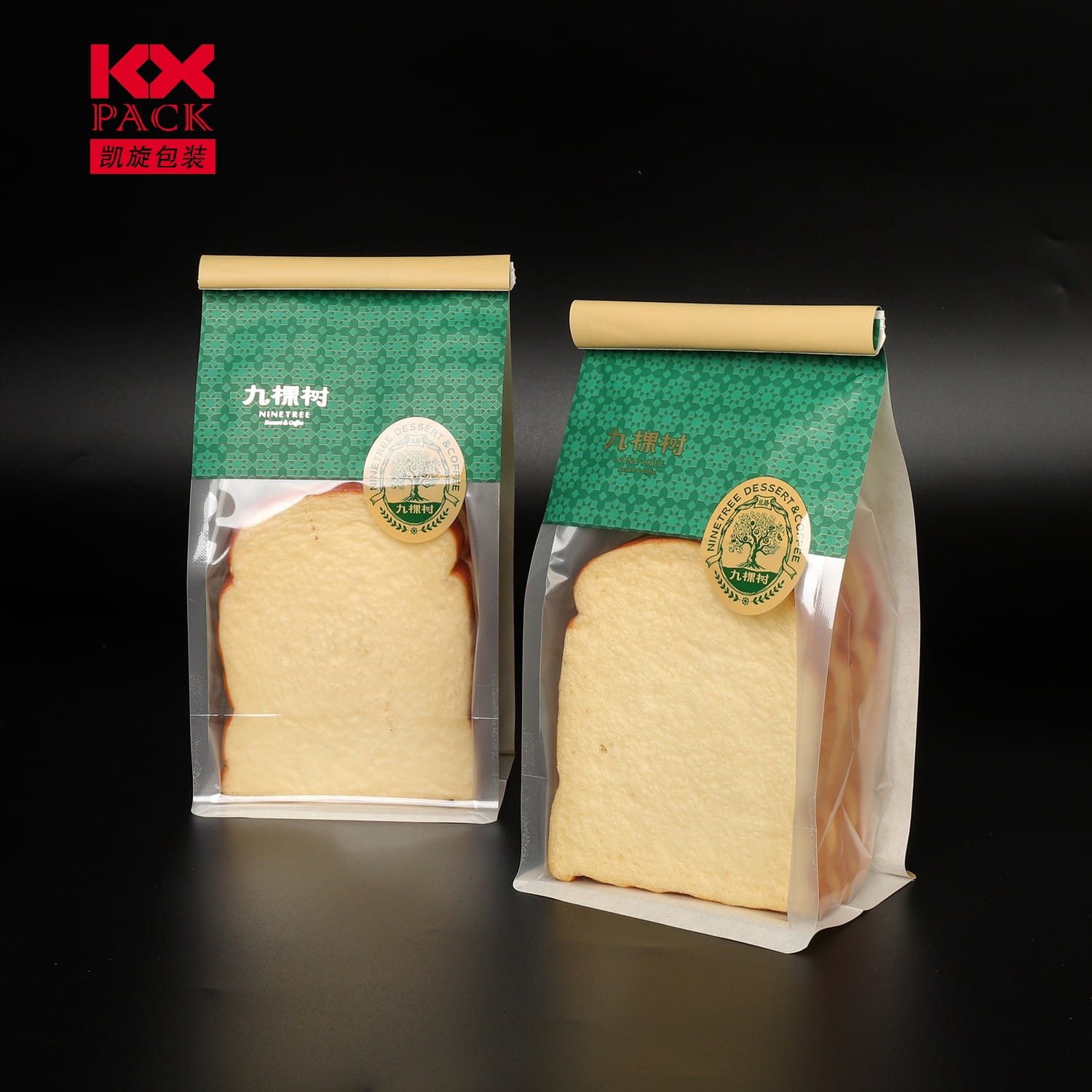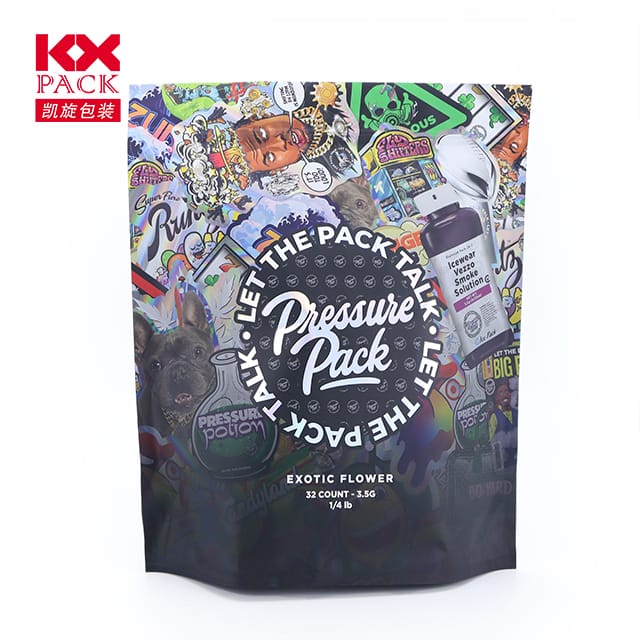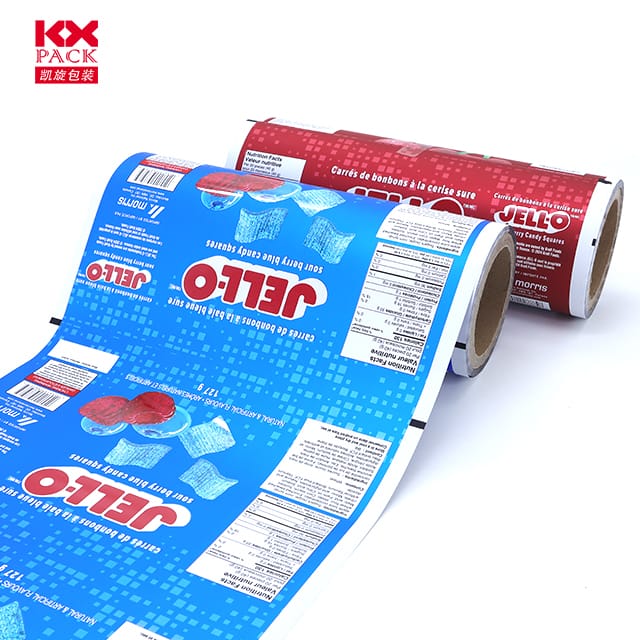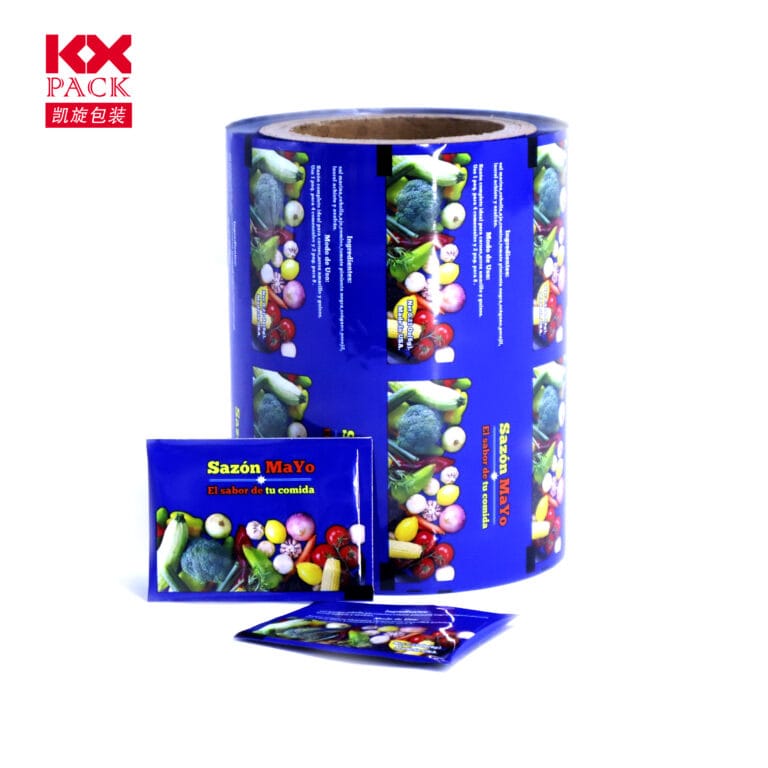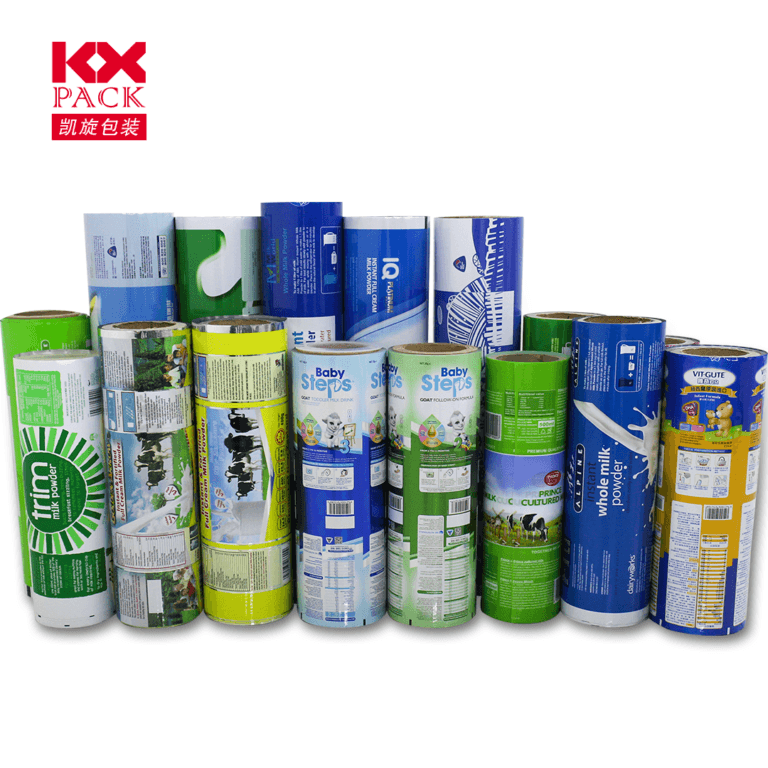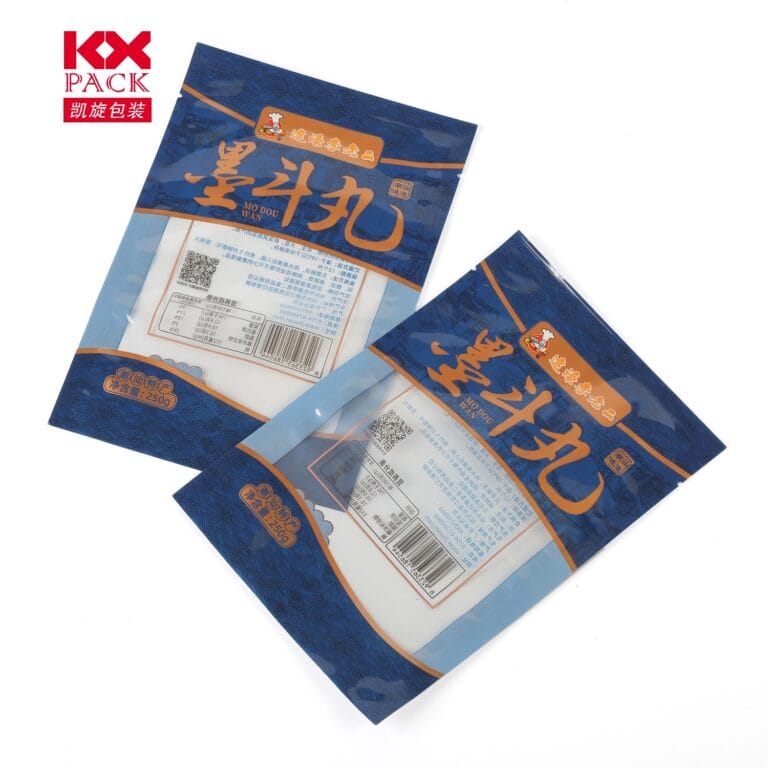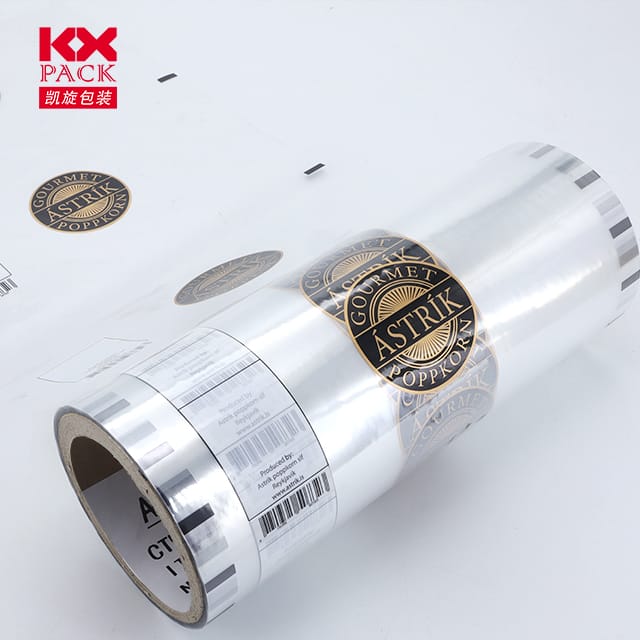Η εξέλιξη και ο αντίκτυπος των ευέλικτων μεμβρανών στη συσκευασία τροφίμων
Ευέλικτες μεμβράνες
In the dynamic world of food packaging, ευέλικτες μεμβράνες have emerged as a game-changer, Επανάσταση του τρόπου διατήρησης των προϊόντων, παρουσιαζόμενος, and transported. Combining innovation with sustainability, these lightweight, adaptable materials are reshaping the industry while addressing growing consumer demands for convenience and eco-conscious solutions.
Τι είναι οι ευέλικτες ταινίες?
Flexible film are thin, pliable sheets made from polymers like polyethylene (Π.Ε), πολυπροπυλένιο (PP), πολυεστέρας (ΚΑΤΟΙΚΙΔΙΟ ΖΩΟ), or biodegradable alternatives such as polylactic acid (PLA). Designed to conform to product shapes, they offer versatility unmatched by rigid packaging. Common applications include pouches, wraps, lids, and bags for snacks, φρέσκα προϊόντα, γαλακτοκομείο, and ready-to-eat meals.
Key Advantages of Flexible Films
- Βελτιωμένη προστασία προϊόντων
Flexible films create airtight barriers against moisture, οξυγόνο, και φως, extending shelf life and reducing food waste. Advanced multilayer structures can incorporate oxygen scavengers or UV filters for superior preservation. - Sustainability Benefits
Compared to traditional materials, flexible films require fewer resources to produce and transport, μείωση των αποτυπώσεων άνθρακα. Many are now recyclable or compostable, aligning with global circular economy goals. Για παράδειγμα, Dow’s RecycleReady technology enables recyclable pouches, while companies like TIPA® offer certified compostable films. - Cost-Efficiency and Convenience
Lightweight and space-saving, flexible films reduce storage and shipping costs. Their resealable designs—like zippers or spouts—enhance user experience, catering to on-the-go lifestyles. - Branding and Shelf Appeal
High-definition printing capabilities allow vibrant, customizable designs, helping brands stand out in competitive retail environments.
Προκλήσεις και καινοτομίες
Παρά τα οφέλη τους, Ευέλικτες ταινίες αντιμετωπίζουν εμπόδια:
- Υποδομή ανακύκλωσης: Single-material films are easier to recycle, but multilayer variants (common in high-barrier packaging) remain problematic.
- Material Complexity: Balancing performance with eco-friendliness requires ongoing R&ρε.
Innovations Driving Change:
- Biodegradable Polymers: Materials derived from corn starch or sugarcane are gaining traction.
- Χημική ανακύκλωση: Breakthroughs like enzymatic degradation promise to recycle mixed-material films.
- Έξυπνη συσκευασία: Integration of sensors to monitor freshness or RFID tags for supply chain transparency.
The Future of Flexible Films
The market for flexible food packaging is projected to grow at aCAGR of 5.2% διά μέσου 2030 (Έρευνα Grand View), τροφοδοτείται από:
- Rising e-commerce: Demand for durable, lightweight shipping materials.
- Health-Conscious Consumers: Preferences for hygienic, single-serve portions.
- Κανονιστικές πιέσεις: Stricter bans on single-use plastics are accelerating adoption of sustainable alternatives.
συμπέρασμα
Flexible films represent a bridge between functionality and environmental responsibility. Ως τεχνολογία προχωράει, their role in reducing waste, enhancing food safety, and delighting consumers will only expand. Brands that embrace these materials today are not just staying ahead—they’re contributing to a healthier planet.
Call to Action:
Are you ready to explore flexible packaging solutions for your brand? Share your thoughts or questions in the comments below—let’s discuss how innovation can meet sustainability in the food industry!
Word count: ~550
Λέξεις -κλειδιά: ευέλικτες μεμβράνες, συσκευασία τροφίμων, βιότης, καινοτομία, ανακύκλωση

